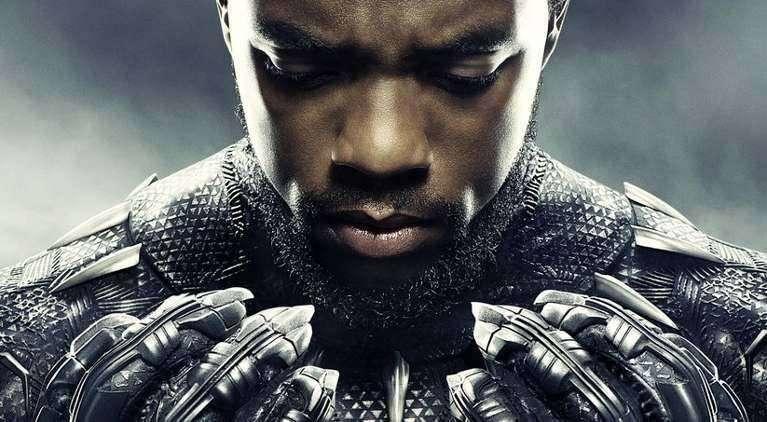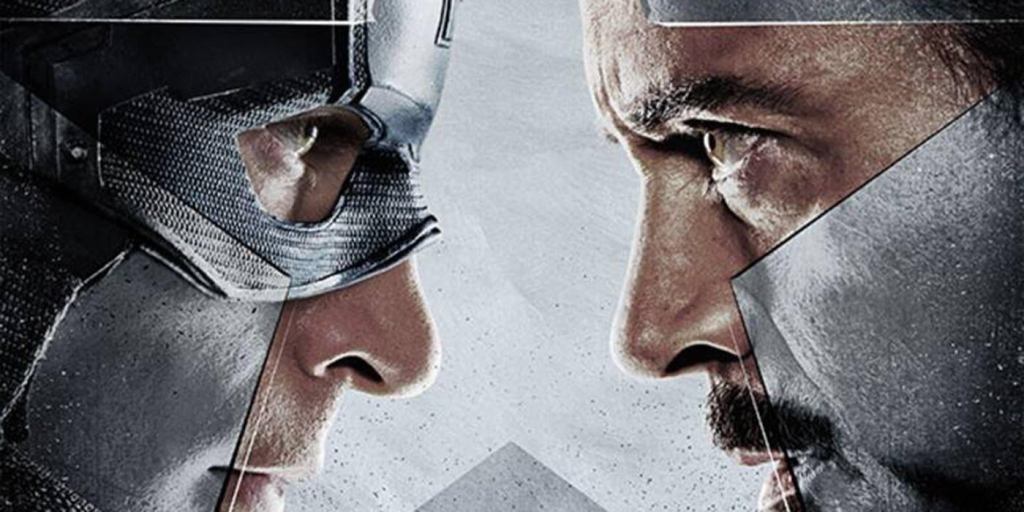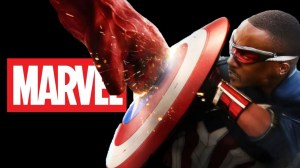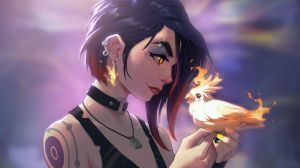The Marvel Cinematic Universe (MCU) has been breaking new ground ever since Iron Man hit the scene in 2008. While many comic book fans have gathered around to watch their favorites, the franchise has successfully pulled new fans into the fold. However, there’s no denying that the MCU has made some pretty big changes along the way. The scale of these changes ranges from altering minor details to rewriting the entire fan experience, allowing the franchise to grow and adapt. While fans will always debate the success of some changes, there are a few notable things the MCU has consistently done that have allowed it to thrive.
Videos by ComicBook.com
Throughout the years, the minds behind the MCU have tried to carefully curate an experience for viewers. In other words, they didn’t take comic book plots and port them straight into a movie format (as much as some of us fans would have liked that). Sometimes, that meant altering character details; other times, it meant messing with plots to bring the story full circle. In a way, it’s the biggest strength and likewise the biggest weakness of the franchise. Great risk can bring great rewards.
1) Dropping the Need for Secret Identities

By far, one of the biggest changes the MCU made affects the superhero community as a whole. The very first Iron Man movie threw away a trope that fans have long been familiar with: relying on secret identities and alter egos. In the comics, Tony Stark spent decades claiming that Iron Man was merely his bodyguard. The movie was originally planned to follow suit, but Robert Downey Jr. changed the script, and in doing so, he changed the expectations going forward.
Yes, many heroes in the MCU have opted to keep their aliases, at least to the best of their ability. Spider-Man would have gladly kept the name Peter Parker from hitting the front page, but that choice was taken away from him. Meanwhile, heroes like Doctor Strange, Captain America, and Scarlet Witch didn’t feel like they had to hide their real names from the public. While they don’t flaunt their identities, the pressure feels absent.
2) Threading Multiple Movies Together

The MCU was unafraid to play with the structure of movies and shows, weaving narratives together to create different adventures. To start with, Iron Man, Hulk, Thor, and Captain America’s solo films all merged together to allow for an Avengers team-up (bringing Black Widow and Hawkeye along for the ride). It was the first time they tried this formula, but we can all agree that they perfected it by the time Avengers: Infinity War came around.
This movie was the event of the season, with pretty much everyone talking about it. It wove in literally dozens of different heroes, picking them up from their stories and plopping them into a larger event. While it had been done in the comics, it was a groundbreaking achievement for the film industry. Admittedly, following the events of Avengers: Endgame, fans started to hit a bit of Marvel fatigue, partially because the studios put too much content out too quickly. This proves that a careful balance has to be maintained, but also that it’s possible to achieve.
3) Adapting Existing Characters to Fit Current Stories

As much as most fans would like to see our favorite comic book arcs ported over completely unchanged for a live-action adaptation, it doesn’t always work that way. The trick seems to be in knowing how to change the story and characters for the better. In many instances, the MCU has changed characters and how they relate to the larger universe, allowing them to have stronger connections, thus fitting their current stories.
There are dozens of examples of this, from minor details like Black Widow’s debut in Iron Man 2 (and Hawkeye’s in Thor), to bigger character changes. Tony Stark didn’t dive headfirst into the Extremis Virus (though arguably, some fans wish he did), and Bucky never got the sidekick label. Likewise, Thanos’ motivations were different from the comics to the movies, and Hela’s family ties changed (she was Loki’s daughter in the comics, but making her Thor’s sister was a bold move that paid off).
4) Making Room for Different Perspectives

One of the biggest successes of both Marvel Comics and the MCU has been making room for different perspectives. In the comics, Kamala Khan/Ms. Marvel’s story broke records. The same can be said for the MCU, as the stories cover all sides of the planet and universe, from Iron Man’s classic tales to adventures out in space (courtesy of the Guardians of the Galaxy), and even more magical adventures like Doctor Strange’s.
Likewise, the franchise has allowed for a more human take on these perspectives. Black Panther blew the audience away, telling a compelling and character-driven story, complete with an antagonist who made shockingly good points. Since then, the MCU has allowed for different experiments, such as WandaVision, Moon Knight, Ms. Marvel, and many other adventures. Some might argue that these stories deserved the full movie treatment, as opposed to getting shunted to show status, and they have some solid points. At the end of the day, though, we’re just grateful they were ever given the chance.
5) Trusting the Audience

The best storytellers know that they need to trust their audience. In other words, they won’t hold the audience’s hands through the whole experience. In the MCU, it isn’t uncommon for the creators to allow the audience to infer and connect the dots, trusting them to put the pieces of the puzzle together on their own. This shines through in many ways, from the teasers dropped during credits scenes to assuming the audience can handle the themes and points being made on a larger scale.
The movies in the MCU didn’t feel the need to explain their themes; they just let them exist. Captain America: Civil War is an excellent example of bold storytelling, with wildly differing opinions. The movie never once tried to tell us who was right in the war, instead leaving us to make our own decisions on the matter.
Many impactful moments and emotions are portrayed on screen, and the MCU doesn’t usually feel the need to label them. Tony Stark’s PTSD in Iron Man 3 was obvious to everyone, so having a character outright call it out would have been talking down to the audience. The same for Wanda’s raw grief in WandaVision. It’s there, and instead of telling us this, the characters were allowed to make the audience feel it alongside them.
6) Experimenting With New Storytelling Formats

Since the MCU has embraced the concept of multiple headlining characters with unique perspectives, it has opened the door to experimenting with new storytelling formats. The MCU has experimented with everything from combining different genres together to playing with nonlinear storytelling formats. The tales range from direct and to the point to stories following unreliable narrators.
Many films across the MCU lineup experiment with different themes and formats. This has allowed viewers to pick and choose their experience based on what genres they prefer. Captain America: The Winter Soldier is a political espionage thriller, while Ant-Man is more of a heist comedy. Meanwhile, WandaVision dove headfirst into sitcom history, creating something wholly unique, even in the MCU.
7) Redefining Victory & Final Battles

Finally, there’s the way Marvel movies have handled the final battles. While many Marvel villains were killed during the final conflicts of their stories, several lived to tell the tale. This is the start of a shifting trend in the MCU, having learned that it can’t always kill off its villains. A good comic book villain needs time to linger and grow as a threat. Just look at the Kingpin, and it’s easy to see how that one works.
The MCU has consistently tried to tell different hero stories, and that means occasionally allowing them to redefine what victory means. Perhaps the best example of this is from Doctor Strange. Strange, upon seeing the massive threat the Dormammu poses and the impossible odds he faces, changes the way the battle will work. Instead of throwing himself into an impossible scenario, he sets himself up for a cycle of pain and death. In doing so, he breaks down the villain, eventually getting his own victory; Dormammu leaves the Earth alone. He may not have won in the traditional sense, but he won.
Similarly, allowing a character such as She-Hulk to break the fourth wall really changed the name of the game. She flipped the script, literally. Her big finale poked fun at the classic final battles, which are usually larger than life and needlessly overcomplicated. By breaking the fourth wall, She-Hulk reclaimed her narrative, winning in one of the most surreal experiences in the MCU. Alternatively, Moon Knight took a different direction with its final battles, diving into a psychological world that allowed for emotional healing. Its final notes were more about self-acceptance and inner peace.










